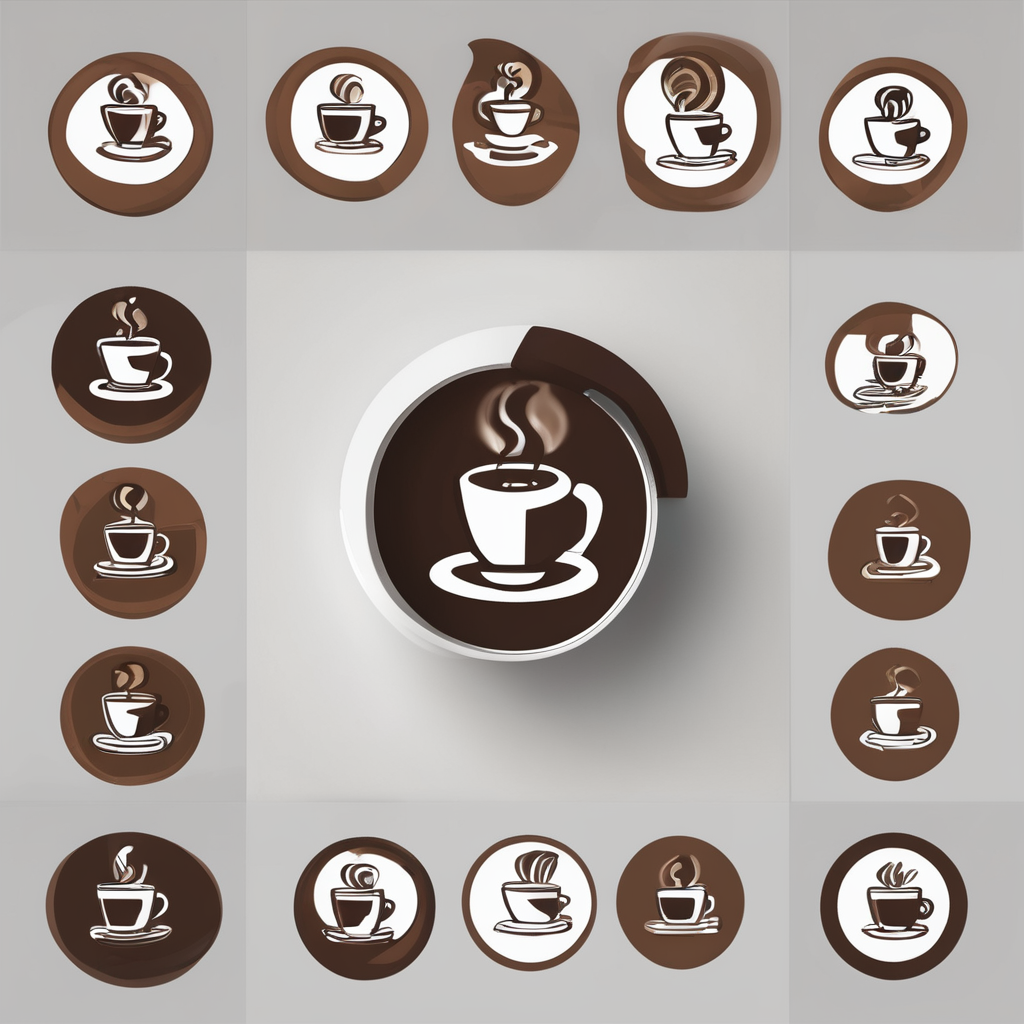Understanding Surface Glare
Surface glare is an unwanted reflection of bright light from objects, creating visual discomfort and reducing visibility. In kitchen environments, this can occur when light reflects off shiny surfaces like countertops, appliances, or glossy tiles. It disrupts visual comfort, making it challenging to focus on tasks such as chopping or reading recipe instructions.
In terms of kitchen lighting, common sources of glare include overhead fixtures that are too bright or improperly positioned, and under-cabinet lighting that reflects off countertops. The intense light can lead to eye strain and discomfort, impacting cooking efficiency. Reducing glare is essential for maintaining productivity and safety in the kitchen.
Additional reading : Crafting an Immersive and Inclusive Culinary Experience for the Visually Impaired
To minimize surface glare, it’s crucial to choose lighting that balances brightness and softness. Opt for diffuse light sources or install dimmers to control light intensity. Additionally, strategically positioning lights away from reflective surfaces and using matte finishes in kitchen decor can significantly enhance visual comfort.
By understanding and mitigating the effects of surface glare, you can create a more pleasant and efficient cooking environment. Adopting appropriate kitchen lighting practices not only enhances the aesthetic appeal of your kitchen but also supports a more productive workflow.
Have you seen this : Harmonize Your Cooking Spaces: Cutting-Edge Tips to Unite Indoor and Outdoor Kitchens
Types of Kitchen Lighting
Understanding different types of kitchen lighting is crucial for creating a well-lit and comfortable cooking environment. Various lighting styles not only enhance visual comfort but also contribute significantly to reducing surface glare.
Ambient Lighting Options
Ambient lighting, or general lighting, provides overall illumination. Examples of ambient sources include ceiling-mounted fixtures or recessed lights. While essential, it’s important to ensure these lights do not shine directly on reflective surfaces, as this can increase glare.
Task Lighting Solutions
Task lighting focuses on specific areas where detailed work, like food preparation, occurs. Under-cabinet lights are popular for enhancing visibility on countertops. Choose fixtures with options to adjust brightness, as this flexibility reduces glare on reflective surfaces.
Accent Lighting Usage
Accent lighting adds depth and highlights features like architectural elements. Small pendant lights or LED strips can accent certain areas; however, their intensity should be moderate to prevent unwanted reflections.
Combining ambient, task, and accent lighting can create an effective strategy against surface glare. By strategically placing these light sources, you ensure a blend of functionality and aesthetic appeal, fostering a productive kitchen atmosphere. Integrating these various types thoughtfully enhances not only the room’s visual appeal but also its practicality.
Techniques to Reduce Surface Glare
Surface glare can be a pesky problem in kitchen environments, often stemming from improper lighting angles and material choices. Here’s how to tackle this issue effectively.
To minimize glare, position lights at optimal angles. This involves setting fixtures at specific orientations to reduce reflections. For example, aim overhead lights away from shiny countertops, and consider angled spotlights that illuminate work areas without bouncing light directly into your eyes. Adjusting lighting angles strategically can significantly decrease glare.
Another tactic is using diffusers and shades. These accessories soften the light output, distributing it more evenly and reducing harsh reflections. Opt for frosted glass or fabric shades that scatter light, creating a pleasant and glare-free ambiance.
Moreover, consider the reflective qualities of your kitchen surfaces. Choosing non-reflective materials like matte or satin finishes for countertops and cabinetry can mitigate unwanted reflections. If possible, incorporate colours that complement the lighting scheme while keeping reflections to a minimum.
By carefully selecting lighting positions and materials, and employing diffusers and shades, you can create a kitchen space that balances functionality with visual comfort. Embrace these glare reduction techniques to foster a more productive and enjoyable cooking environment.
Effective Lighting Layout Strategies
Creating a functional cooking space necessitates a well-thought-out lighting layout. By planning with functional zones in mind, you not only enhance the room’s utility but also improve overall visual comfort. Key areas like countertops, stoves, and sinks require specific attention to ensure even lighting distribution.
To optimise your kitchen design, consider spatial arrangements that reduce shadows and surface glare. For example, integrate layered lighting which combines ambient, task, and accent fixtures to cover illumination needs without overwhelming reflective surfaces. This approach balances brightness throughout, minimising harsh flashes and enhancing visibility.
Examples of successful lighting layouts often feature strategic placements where task lights target workspaces directly while avoiding reflective countertops. Installing fixtures at varying heights or using adjustable mounts can further refine lighting angles, allowing tailored light distribution across your kitchen.
Additionally, by dividing your kitchen into distinct zones, you can allocate appropriate lighting types for each function. This zonal planning supports not just aesthetics but also functionality, ensuring each task zone remains well-lit and comfortable.
Designing a comprehensive lighting scheme requires thoughtful spatial considerations. With an effective layout strategy, you can transform your kitchen into a harmonious blend of beauty, practicality, and comfort.
Recommended Products for Glare Reduction
Selecting the appropriate lighting products is essential for reducing surface glare and creating a visually comfortable kitchen environment. By choosing LED fixtures, decorative lighting solutions, and smart lighting options, homeowners can significantly enhance both functionality and aesthetics.
LED Light Fixtures
LED fixtures are celebrated for their energy efficiency and capability to minimize glare. Their directional light output can be easily adjusted to avoid reflective surfaces, making them a top choice in modern kitchens. Opt for LED bulbs with a warm colour temperature to maintain a pleasant ambiance while focusing on work areas effectively.
Decorative Lighting Solutions
Incorporating decorative lighting solutions can further assist in managing glare while adding style. Consider pendant lights with diffusers that scatter light evenly, reducing harsh reflections. Using frosted glass shades can also help soften light output, enhancing visual comfort without compromising aesthetics.
Smart Lighting Options
Smart lighting options provide customisable solutions for glare control. Smart bulbs with adjustable brightness and colour temperature allow users to tailor their kitchen lighting to their specific needs throughout different times of the day. Integration with home automation systems supports efficient adjustments, promoting a comfortable cooking environment.
The strategic use of these glare-reducing products can transform any kitchen into a balanced and inviting space.
Common Pitfalls to Avoid
Kitchen lighting can significantly influence the visual comfort and functionality of a space. However, common pitfalls in lighting design can inadvertently contribute to increased glare issues.
One frequent lighting mistake is installing lights without considering reflective surfaces. Shiny countertops or appliances can reflect harsh light if fixtures are placed directly overhead, increasing glare. To prevent this, position lights strategically to avoid direct reflection into the eyes. Another common error is using light fixtures with excessive brightness. While bright lights enhance visibility, if they’re too intense for the kitchen’s size, they can cause discomfort and shadow formation. Opt for glare-reducing bulbs with adjustable brightness options.
Poor design choices also stem from neglecting layered lighting concepts. Relying solely on a single type of lighting, such as just ambient or task, can create uneven lighting distribution. Combine ambient lighting with task and accent lights for a balanced, glare-free environment. Incorrect colour temperature selection is another pitfall. Cold light can appear stark, while overly warm lights might not provide adequate brightness. Aim for a neutral tone to maintain both warmth and visibility.
By identifying these glare issues in your kitchen, you can develop strategies to enhance existing setups and foster a more comfortable and efficient cooking space.


